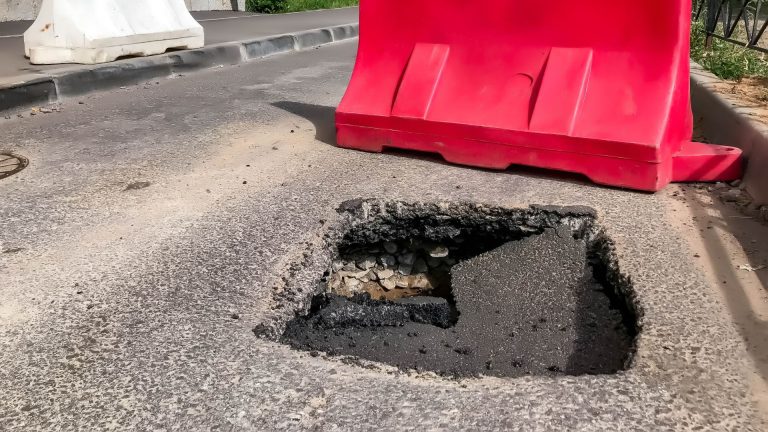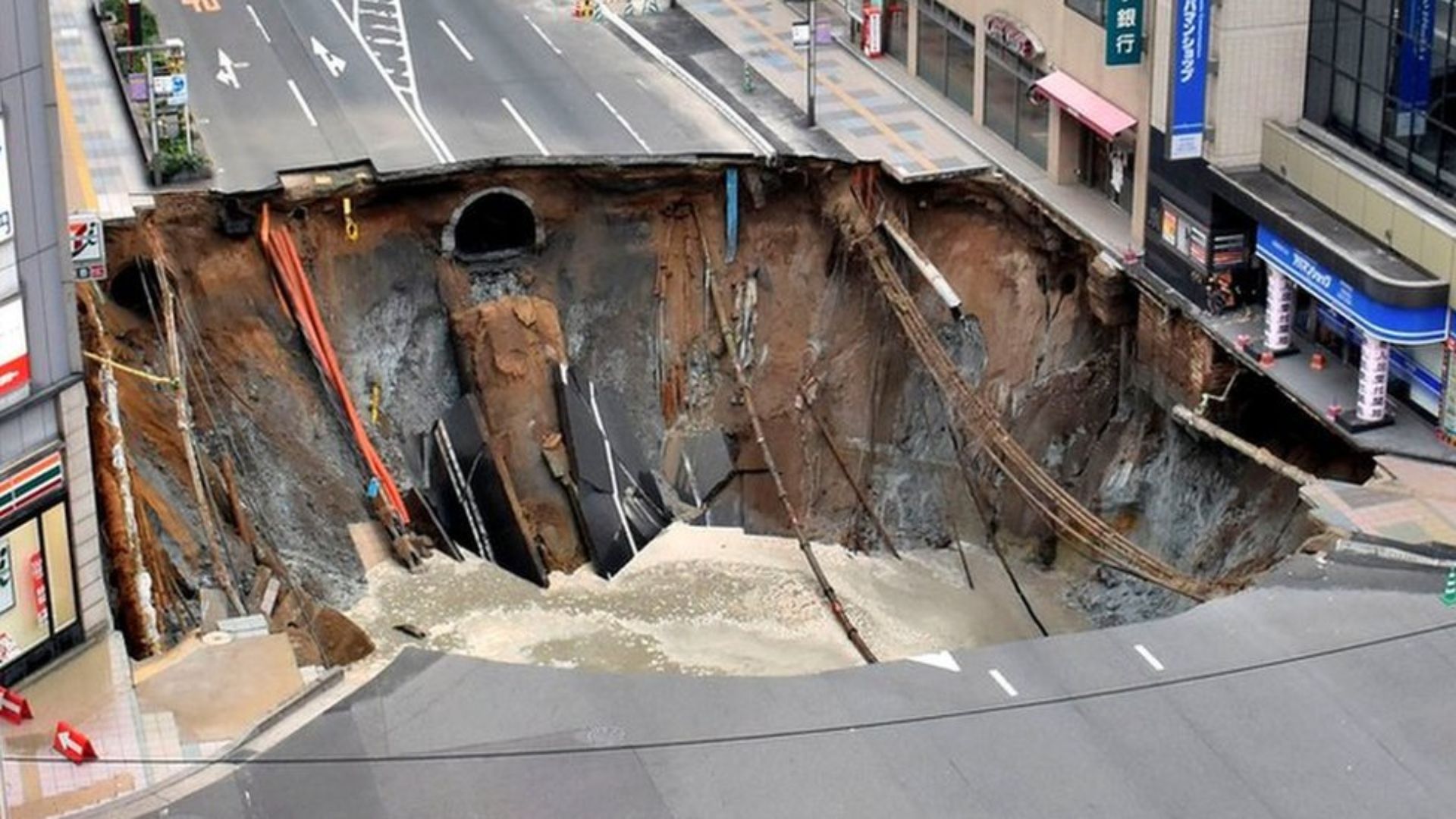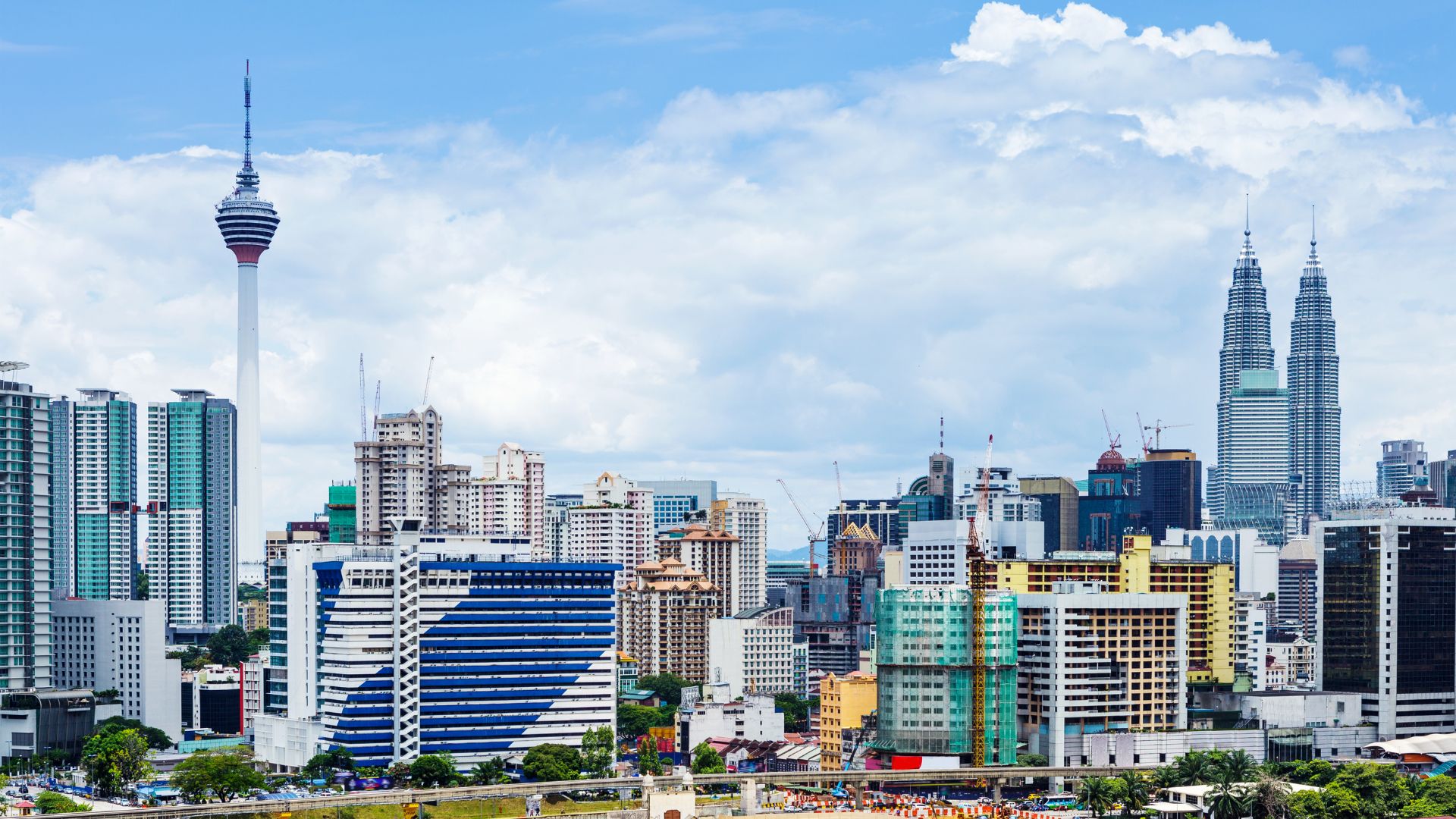
1. How Did These Sinkholes Happen?
Sinkholes are not entirely new to Malaysia, but the recent events in Kuala Lumpur have brought them into sharp focus. The sinkhole in Jalan Masjid India, which tragically led to the disappearance of a woman, raises questions about the underlying causes of such geological occurrences in urban areas.
Sinkholes generally occur when the ground beneath the surface can no longer support the land above it, leading to a collapse. In urban environments like Kuala Lumpur, human activities such as construction, drilling, and water management can exacerbate natural processes. The recent incident is likely due to a combination of factors, including:
- Underground Erosion: Water flow, whether from natural sources like underground streams or from human activities such as broken pipes, can erode the subterranean soil or rock. Over time, this erosion creates voids that eventually collapse, forming sinkholes.
- Construction Activities: Kuala Lumpur is a rapidly growing city with extensive construction projects, including high-rise buildings and transportation infrastructure. These activities can disturb the natural balance of the ground, making it more susceptible to sinkholes.
- Climate Factors: Heavy rainfall, which is common in Malaysia, can accelerate the process of erosion, increasing the risk of sinkholes.

2. Will There Be a Risk of More Sinkholes in the Future?
The appearance of a second sinkhole near the first one in Jalan Masjid India heightens concerns about future risks. The possibility of more sinkholes occurring cannot be ruled out, especially in areas where the ground has been weakened by construction or natural erosion.
To mitigate these risks, authorities must take proactive measures:
- Comprehensive Ground Surveys: Regular and thorough ground surveys using technologies like Ground Penetrating Radar (GPR) can help detect voids or weak spots before they become dangerous. This practice is common in countries like Japan, where advanced technologies are employed to monitor underground conditions, especially in earthquake-prone areas.
- Stricter Construction Regulations: Implementing stricter regulations for construction projects, particularly those near sensitive areas or underground infrastructure, can reduce the risk of triggering sinkholes. For example, in the United States, states like Florida have specific regulations governing construction in sinkhole-prone areas.
- Water Management Improvements: Effective water management, including maintaining and inspecting drainage systems, can prevent water from eroding the ground. Singapore is a good example, where the government has invested in advanced drainage systems to manage rainfall and prevent ground erosion.

3. Will These Sinkholes Impact the Property Value of Kuala Lumpur?
The recent sinkholes have understandably caused concern among property owners and investors in Kuala Lumpur. While it’s too early to determine the full impact, there are a few potential consequences:
- Negative Perception: Areas affected by sinkholes may develop a negative reputation, leading to a decline in property demand. Buyers might be wary of investing in properties in these areas, fearing future incidents or devaluation.
- Insurance Costs: Properties in areas deemed at risk of sinkholes may see increased insurance premiums or difficulties in obtaining coverage. This additional cost can deter potential buyers or investors.
- Regulatory Changes: If the government introduces new regulations or zoning laws in response to the sinkholes, certain areas could be reclassified as higher risk, further affecting property values.
However, the impact on property values will largely depend on how quickly and effectively the authorities address the underlying issues. Swift action and clear communication can help restore confidence in the market.

4. What About Property Developments Above LRT/MRT Stations, Particularly Underground Tunnels—Should Owners Be Worried?
One of the key concerns arising from the sinkhole incidents is the safety of properties situated above LRT/MRT stations, especially those with underground tunnels. The integration of transportation infrastructure with residential and commercial developments is common in Kuala Lumpur, and any perceived risk to these structures could have wide-reaching implications.
While sinkholes near underground tunnels are alarming, it’s important to consider the following:
- Design and Engineering Standards: Modern underground tunnels, especially those constructed in urban areas like Kuala Lumpur, are designed with rigorous safety standards. These include reinforced structures, water-resistant materials, and regular inspections to prevent such incidents.
- Monitoring Systems: Advanced monitoring systems are often in place to detect any shifts or weaknesses in the ground surrounding these tunnels. For example, the Crossrail project in London, which involves extensive underground tunneling, uses real-time monitoring to ensure the safety of both the tunnels and the surrounding properties.
- Authority Response: In light of the recent sinkholes, it would be prudent for local authorities to conduct additional inspections and reassess the safety of developments above and near underground tunnels. Proactive measures like these can help reassure property owners and potential buyers.

Final Thoughts
The recent sinkholes in Kuala Lumpur serve as a wake-up call for the city’s authorities, developers, and residents. While the immediate focus is on finding the missing woman and preventing further incidents, the long-term implications on property values and public confidence cannot be ignored. Proactive measures, informed by global best practices, are essential to preventing future occurrences and maintaining the stability of Kuala Lumpur’s property market.
Sources:
- The Star: KL Sinkhole Search for Missing Woman Enters Day Four
- Malay Mail: With Yellow Flowers, Indian NGOs Perform Religious Rites at Jln Masjid India
- Florida Department of Environmental Protection: Sinkholes in Florida
- Tokyo Metropolitan Government: Disaster Preparedness Guide
Disclaimer : The information provided in this article is for general informational purposes only and should not be construed as professional advice. The opinions expressed are those of the author and do not necessarily reflect the views of MyPropertyPlaces.com or its affiliates. While every effort has been made to ensure the accuracy of the information, readers are encouraged to seek professional advice specific to their situation.